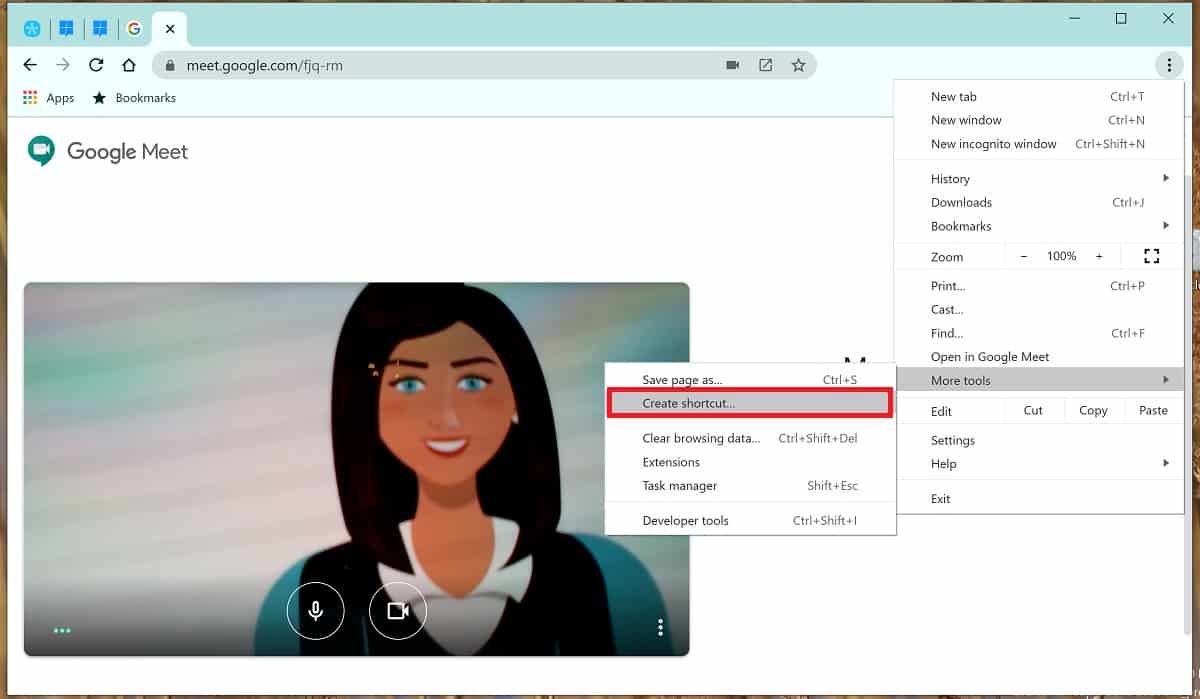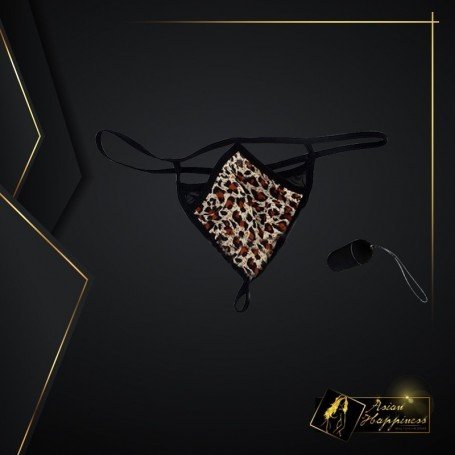

Originally, the browser handled all the steps related to installation from the presentation of the banner to the addition of the app icon to the homescreen. You will also notice that the URL bar and the rest of the browser UI are no longer shown if you have set the display property to standalone in the manifest. It uses the colors and icons specified in the web app manifest. Once the PWA is installed, when you click on the shortcut, a splash screen is displayed briefly. A new shortcut should appear in your phone home screen. Once the web page is open, the Chrome menu should include the option: Add to home screenĬontinue the installation. If you have an Android smartphone that can connect to your server by sharing a local connection, then try to load the app through Chrome for Android. The platform with the best support today is Android. But in theory, if you have a manifest and an active Service Worker handling incoming requests with fetch, then you should be able to install that PWA on all supported platforms, and they will leverage the manifest and Service Worker.


# Step 5 : Installing the PWA on the device # Criteria for being installable


 0 kommentar(er)
0 kommentar(er)
